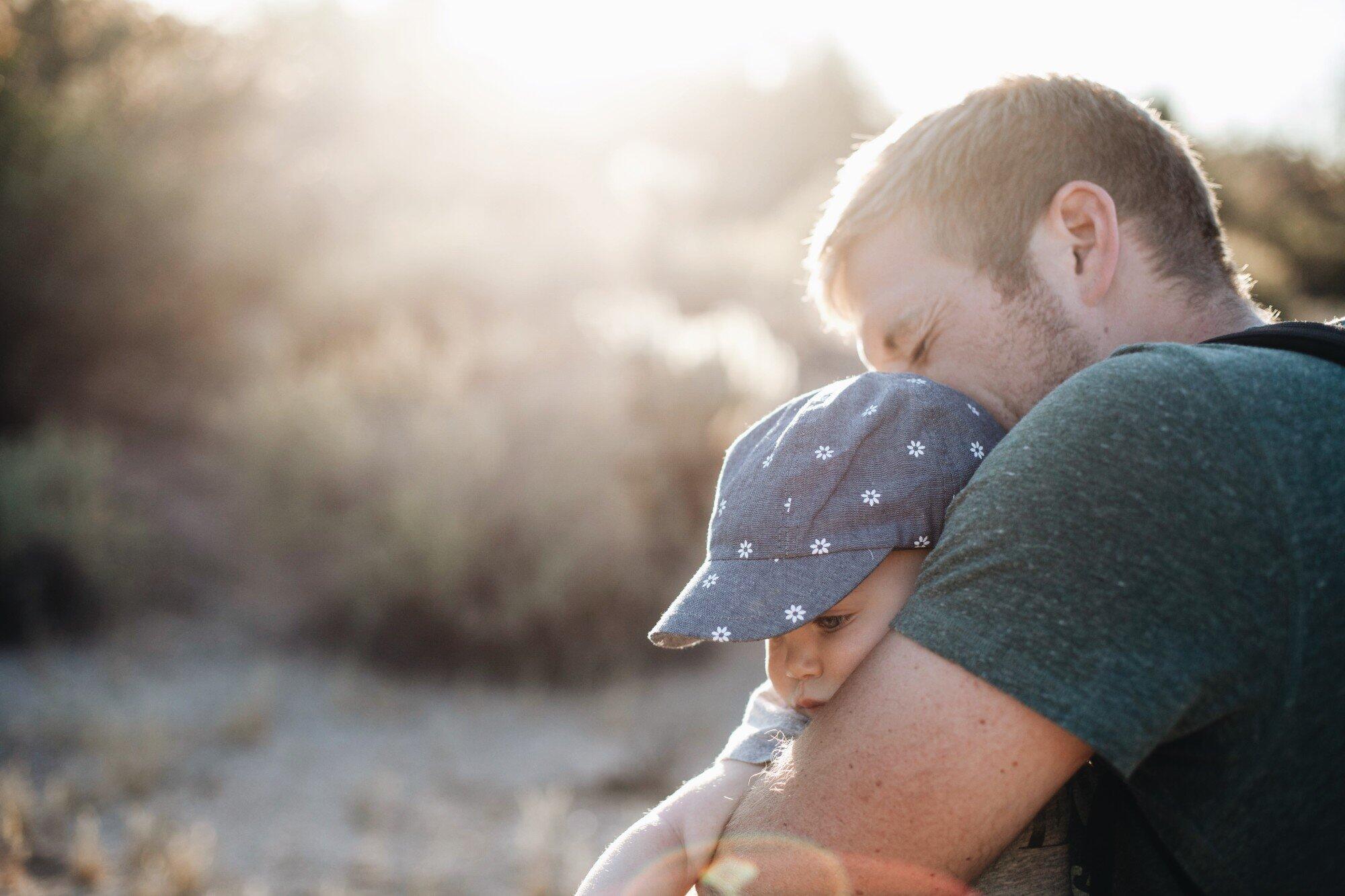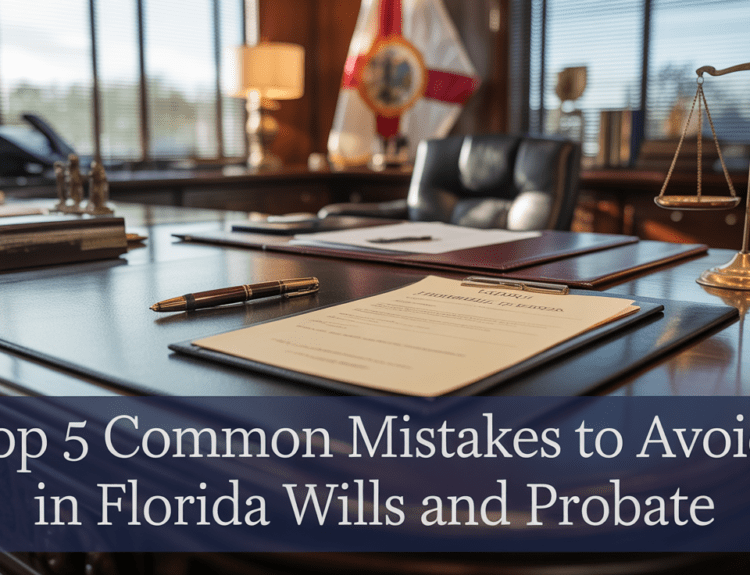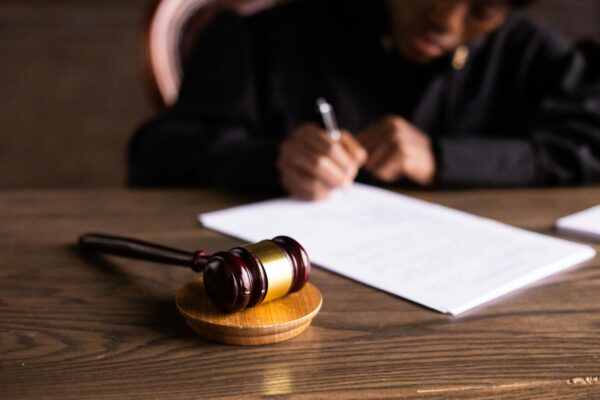When parents separate or divorce, they often face a tough journey about where their children will live. This process involves understanding legal procedures, making decisions, and following legal steps to figure out primary custody. Knowing how to navigate this process can help parents make better choices for their kids.
In this article, we will cover the basics of child custody and what parents should expect during this emotional and challenging time.
Contents
Understanding Custody
Custody determines who cares for a child and their living situation. It includes legal custody, which involves making major decisions about the child’s health care and education, and physical custody, which concerns the child’s living arrangements. Primary custody indicates one parent primarily cares for the child.
Filing for Custody
The first step in the legal process is filing a child custody petition, a formal request to the court outlining why the parent seeks custody and what they believe is best for the child. After filing, the court schedules a hearing. Parents should collect evidence supporting their case, such as school records, medical information, and witness statements.
Evidence and Hearings
At the hearing, both parents will have the chance to present their case. They should come prepared with evidence that shows why they should have primary custody.
This could include testimonies from people who know the child, like teachers, doctors, or family members. The court will listen to both sides carefully to make a fair decision.
Mediation as an Option
Before trial, courts often require parents to attempt mediation. It’s a process where parents discuss their issues, guided by a neutral mediator who helps them find common ground. Mediation saves time and money, giving parents more control over decisions rather than relying on a judge.
The Role of Custody Lawyers
Custody lawyers play a crucial role in guiding parents through the complex legal landscape of custody disputes. They possess a deep understanding of family law and the specific nuances that come into play during custody cases. By offering expert advice, they help parents navigate the legal requirements, prepare the necessary documentation, and develop strong arguments to present in court.
The Role of the Judge
If parents cannot reach an agreement, the case will go to trial. The judge will listen to all the evidence and make a final decision about custody. The judge will write a custody order that explains the arrangements for the child.
This order is important because it is legally binding. Parents must follow what the judge decides.
After the Decision
Once the judge makes a decision, it is essential for both parents to follow the custody order. If one parent does not follow the order, the other parent can go back to court to seek enforcement. Changes can also happen if circumstances change.
For example, if a parent gets a new job or moves, they may need to request a change in custody.
Navigating the legal process of determining primary custody can be complicated. However, understanding custody, focusing on the child’s best interests, preparing for court, and considering mediation can help parents through this challenging time.
Ultimately, the goal is to ensure that the child’s needs are met and that they can grow up in a safe and loving environment.
For more on this content, visit the rest of our blog!




